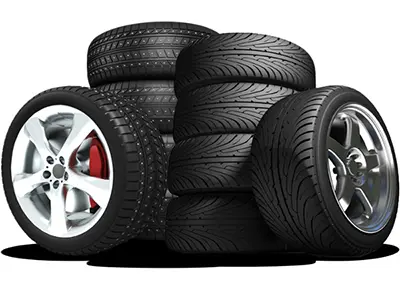
The constant rise in the price of car tyres is forcing vehicle owners to think more seriously about ways to extend their service life, but many drivers are unaware that the main cause of premature wear is often their own mistakes made during the operation and maintenance of their vehicles. Tyre experts note that the rate of tyre wear depends not so much on the brand or cost, but on a whole range of factors related to operating conditions, driving style and regular technical inspections, with the most destructive causes being those that remain out of sight of most car owners.
One of the most common and yet not obvious problems for many is a specific pattern of wear, when the rubber wears down intensively on both edges of the tread, while the central part retains its height, which clearly indicates systematically insufficient pressure in the tyres. To solve this problem, it is necessary to develop the habit of regularly checking the pressure level with a high-quality pressure gauge at least once a week and maintaining it in strict accordance with the car manufacturer's recommendations, which are usually indicated on a special plate in the body rack or on the fuel tank flap. It is also worth considering the current load on the car, as a large number of passengers or heavy luggage may require a slight increase in pressure. The opposite situation, where only the central part of the tread is subject to intensive wear, while the edges remain virtually untouched, indicates chronic overinflation of the tyres. Although some drivers mistakenly believe that increased pressure saves fuel or improves handling, in practice it seriously reduces road safety by reducing the contact area between the wheel and the road surface.
An even more alarming sign is pronounced uneven wear concentrated strictly on one side of the tyre, whether it is the inner or outer part, as this pattern almost always indicates a deviation of the wheel alignment angles from the factory settings or a hidden malfunction of the suspension components. It is extremely important to have the wheel alignment checked and adjusted not only when there are obvious signs, such as the car pulling to one side, but also after any, even the most minor, intervention in the running gear, including the replacement of silent blocks or shock absorbers, because even the slightest deviation from the norm, which is not immediately noticeable on the steering wheel, can irreparably damage brand new tyres after a few hundred kilometres of driving. Aggressive driving with sudden acceleration and emergency braking, as well as constant wheel spin, also contribute significantly to accelerated tread wear, with front-wheel drive cars suffering the most damage to the front wheels and rear-wheel drive cars suffering the most damage to the rear wheels, rear wheels suffer the most, forcing owners of such cars to rotate their tyres seasonally to even out wear.
Experts strongly recommend combining each seasonal tyre change with mandatory wheel alignment diagnostics on a professional stand and a thorough pressure check, based solely on the car manufacturer's data, rather than on general average values. Compliance with these seemingly simple rules not only significantly reduces the wear rate of expensive tyres and, as a result, saves money on the purchase of a new set, but also greatly improves the overall level of road safety for all road users, as the condition of the tyres directly affects directional stability, braking distance and vehicle handling in various road conditions.

